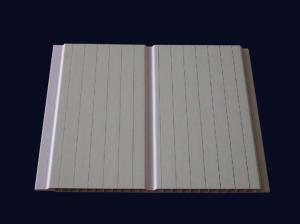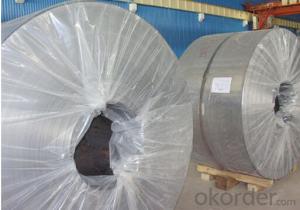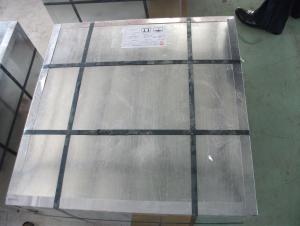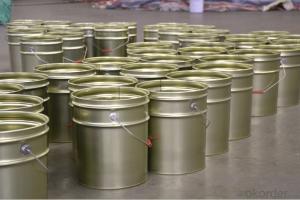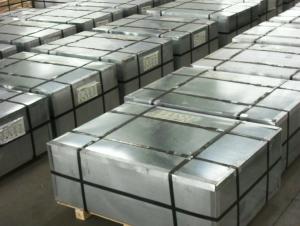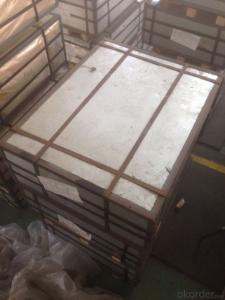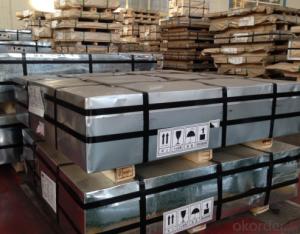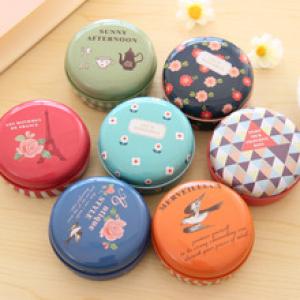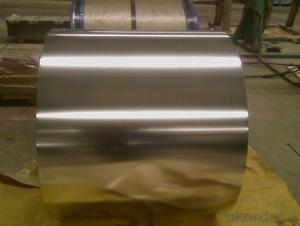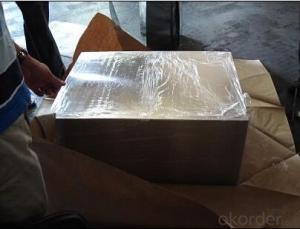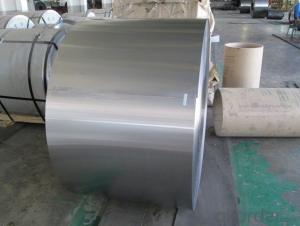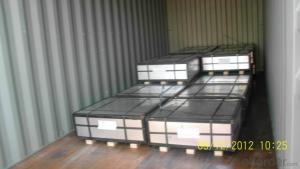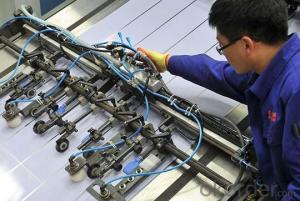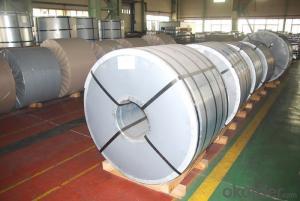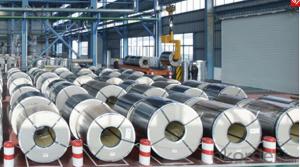Printing Tinplate
Printing Tinplate Related Searches
Printing Tinplate Sheet Double Reduced Tinplate Tinplate Metal Metal Mart Amarillo Tx Mth Tinplate Set Tinplate Model Trains Lionel Tinplate Blue Comet Tinplate Coating Mth Tinplate Christmas Printing TinplateHot Searches
Pvc Chairs For Sale China Aluminum Coil Factory pvc pipe manufacturers in usa Stainless Steel Factory China Pvc Geomembrane Pvc Roofing Sheets Price India Pvc Roofing Sheets Price Embossed Aluminum Coil Factory Aluminum Coil Factory pvc resin price index Aluminum Plate Factory Solar Inverter Factory Ceiling Fan Lowest Price Tinplate Factory Geomembrane Factory Ups Store Printing Prices Ups Store Printing Cost Tinplate China Mr Grade Plywood Price List Ups Store Printing PricesPrinting Tinplate Supplier & Manufacturer from China
Okorder.com is a professional Printing Tinplate supplier & manufacturer, offers integrated one-stop services including real-time quoting and online cargo tracking. We are funded by CNBM Group, a Fortune 500 enterprise and the largest Printing Tinplate firm in China.Hot Products
FAQ
- Yes, tinplate can be used for packaging soups and broths. Tinplate is a commonly used material in food packaging due to its durability, ability to maintain product freshness, and resistance to corrosion. It provides a reliable barrier against moisture and oxygen, making it suitable for preserving the quality and taste of soups and broths. Additionally, tinplate cans are easy to open and can be safely heated, making them convenient for consumers.
- The thickness of tinplate directly affects its strength and durability. Generally, thicker tinplate tends to be stronger and more durable than thinner tinplate. This is because the thickness provides additional reinforcement and resistance against bending, denting, and other forms of physical stress. Thicker tinplate is often preferred for applications requiring higher strength and durability, such as in the manufacturing of cans and containers that need to withstand stacking, transportation, and storage.
- There are several different ways to seal tinplate containers, including using a metal lid with a rubber gasket, using a plastic or paper lid with a heat-sealed lining, using a twist-off cap with a tamper-evident seal, and using a peel-off foil seal.
- How can tinplate be identified?
- If the food is ready to eat food grade, dressed in non food is to chemical grade on it.
- Yes, tinplate packaging can be used for stationery products. Tinplate is a durable and versatile material that provides protection and aesthetic appeal, making it suitable for packaging various stationery items like pens, pencils, erasers, or paper clips. Additionally, tinplate packaging can be custom designed and printed to enhance branding and create a unique look for stationery products.
- Yes, tinplate can be used for energy storage applications. Tinplate, which is a thin steel sheet coated with a layer of tin, offers good corrosion resistance and durability, making it suitable for various energy storage purposes. It can be used in the construction of batteries, capacitors, and other energy storage devices. Additionally, tinplate's ability to maintain airtightness and prevent moisture penetration makes it a reliable choice for storing and preserving energy.
